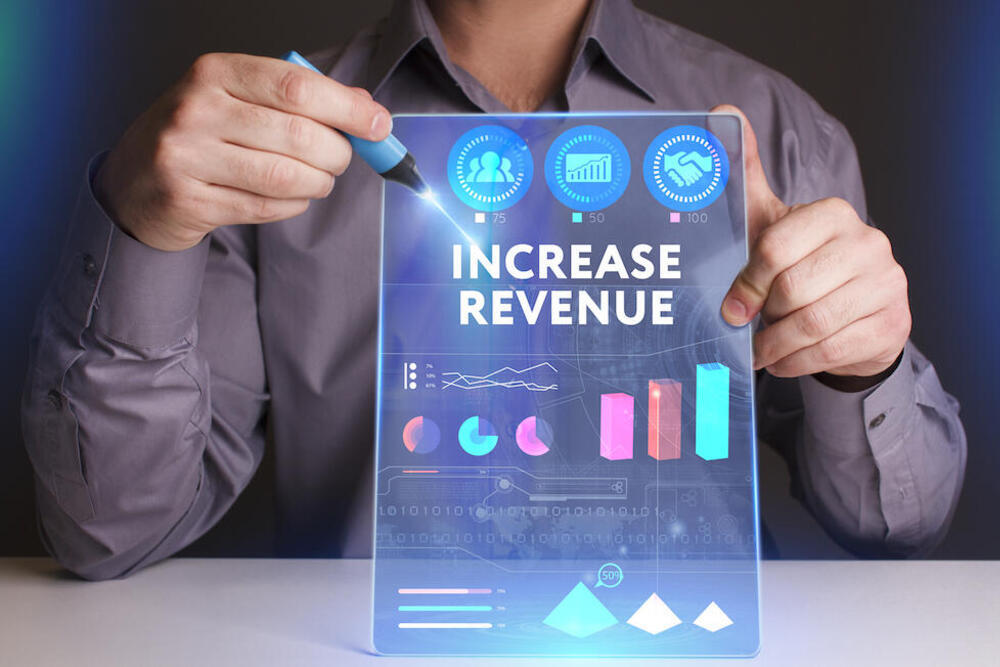Why is Sales Coaching Important for Growing Revenue?
How much money did your business make last month?
In the last quarter?
Last year?
We all know that money matters when it comes to running a successful company. Although the topic of money seems cold and uncomfortable for some people, we can all agree that pursuing profits is the goal of any business.
Making money results from a pulsating passion for helping others, offering a life-changing product or service, or simply making life a little more enjoyable and easier.
Whether your numbers are on an upward trajectory, dipping slightly, or remaining stagnant, there are always new and improved sales methods to boost profits.
One of the most underrated yet effective ways to increase your company’s revenue is sales coaching.
Since we are talking numbers, let’s look at a few statistics that prove sales coaching effectiveness.
- According to the Harvard Business Review, companies that combined sales training with sales coaching experienced an 88% increase in productivity.
- Brainshark reports that companies that implement a dynamic sales coaching program (integrated with technology) achieve 28% higher win rates.
- Revenue growth rates of nearly 17% were found in companies that received quality coaching by Chorus.
Money talks, and it’s telling you that sales coaching is the way to go!
Believe it or not, we provide world-class sales coaching. Contact us to set up a free, no-obligation consultation.
But wait, isn’t sales coaching the same thing as sales training?
Before we tell you exactly how sales coaching leads to rising revenue, let’s quickly touch on the differences between sales coaching and sales training.
Sales Coaching vs. Sales Training
Do you know how to swim?
If so, you have probably attended swimming lessons. These group lessons provide students with the foundations of swimming, including breathing under water, coordinating arms and legs to propel the body forward or backwards, and general water safety skills and guidelines.
Now, what if you wanted to win a swimming competition?
You can’t dismiss the benefits of swim classes, but you would seek the services of a swim coach as your first step towards training. Think about why that is.
A sales coach is much like a swim coach, and sales training is comparable to a swim class. Here are five key differences.
| Sales Coach | Sales Trainer |
| Assesses the individual | Addresses the group |
| Develops personalized plans | Teaches processes. |
| Helps refine particular skills | Provides a framework for general, sales-related topics |
| Incredibly effective for instructing individual representatives | Extremely efficient for educating large groups of people |
| Involves ongoing sessions | Occurs once or twice |
It goes without saying that sales training will give a nice boost to your bottom line. However, if your aim is to beat out the competition, your best bet is sales coaching.
Still not sure which route is best for your business? We can help you make a decision that aligns with your goals. Here at Dynamo Selling, we offer both sales training and sales coaching. Give us a quick call or send a short message.
As a leader, you are faced with two options: 1) Keep your business afloat by doing the same thing you’ve been doing or 2) Blow your competition out of the water and watch your revenue explode.
How Sales Coaching Increases Revenue
Now let’s get to the meat of our topic.
Simply put, sales coaching provides way too many financial benefits to list here. We have done the heavy lifting for you as we collected, considered, and calculated the top ten ways sales coaching leads to climbing revenue.
- A sales coach will help your team understand the value of your product or service. When the value is communicated to prospects, sales skyrocket. We know all about creating value; read more about it here.
- Effective sales coaching is guaranteed to raise team morale. When people feel supported and valued, they are more likely to achieve business targets, thus increasing revenue.
- Your team will be coached on how to win bigger, better clients. This strategy is a key method of raking in high profits.
- Close one lucrative deal after another. Each one of your sales representatives will be given an arsenal of tools to seal the deal.
- Sales coaches create a culture of accountability. An accountable person is much more likely to be productive, meet deadlines, and reach set financial goals.
- What does an educated and motivated team do? Generate revenue. Sales coaches provide the type of insight into the sales process that informs and inspires.
- Sales coaching transforms an average seller into a star performer. Having a team of top performers is a surefire way to become a top dollar business.
- By providing a fresh set of eyes, sales coaches can identify areas in your business model that need improvement or skills that your people are lacking. Stop letting money slip through the cracks; allow a sales coach to help you collect revenue you may be missing out on.
- In today’s competitive market, you need a way to stand out and win clients. Sales coaching is an excellent way to gain a competitive edge and convince prospects to spend their money on your business.
- Leaders drive sales by embodying the company’s vision. But if your view of the future is foggy, a sales coach can help you define goals and give direction to meet and exceed monetary objectives.
Do you still have concerns about sales coaching? We are here to answer any questions or concerns. Get in touch with us today.
One and Done? The Importance of Continuous Sales Coaching
A major differentiating factor of sales training is that it’s typically a one-time event. Of course, training sessions provide a wealth of sales knowledge. But is it enough? Science says no.
The Ebbinghaus forgetting curve, which has been confirmed by multiple studies, shows a sharp decline in memory retention 24 hours after learning something new. We continue to forget if we don’t actively review and apply what we learned.
Imagine investing a big chunk of change and company time in a sales training program only to have your team mentally discard its content within a few days.
Sales coaching reinforces new information and skills taught during training, and it also elevates valuable techniques to a whole new level.
Simply put, sales training will have a limited effect on revenue unless it is accompanied by sales coaching.
The Bottom Line
Let’s be frank here; your financial bottom line is the business’ lifeline.
Once you leap out of the comfort zone (we’ve also got a blog post for that) and embrace new sales tactics, your profits are set to soar.
Give your team the gift of wings. Provide them with great sales coaching so that they take flight as they unleash the confident rockstar within.
Moreover, your customers will thank you for it! Remember, no customers, no cash.
Making the decision to employ the services of a professional sales coach is an important one. Let us help you choose a plan that aligns with your business needs. Contact us now!




 ”
”